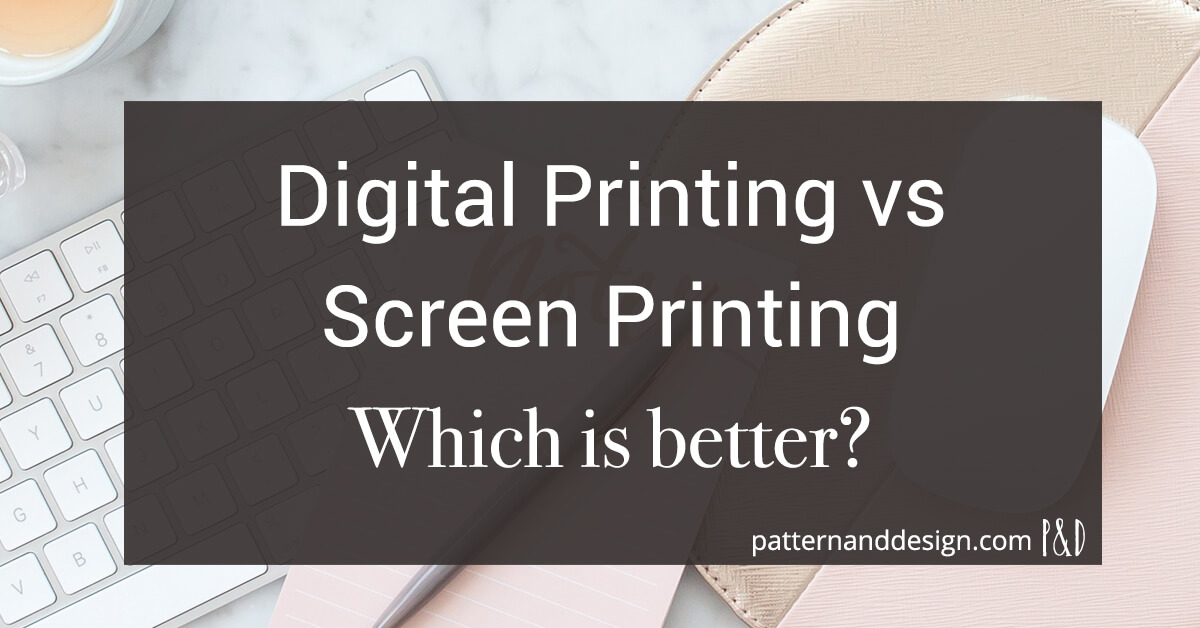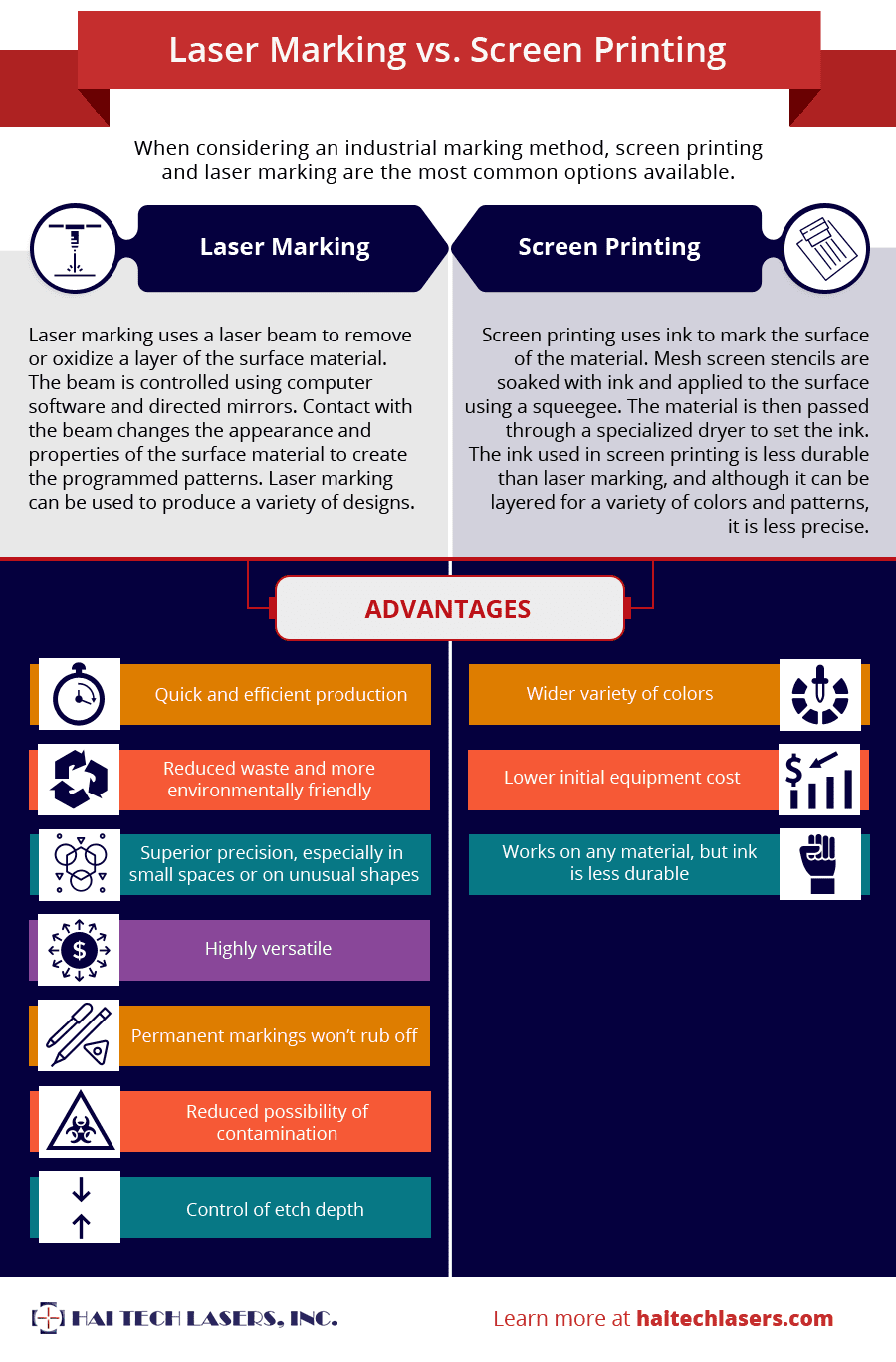The Ultimate Guide To Tx Tees
Table of ContentsThe Main Principles Of Tx Tees The 9-Minute Rule for Tx TeesAn Unbiased View of Tx TeesSome Of Tx TeesSome Ideas on Tx Tees You Need To KnowFacts About Tx Tees RevealedTop Guidelines Of Tx Tees
Add up other costs, like the number of energies it takes to run the shop and the price of ink and emulsion per layout. Take the print below.The emulsion ought to just be a couple of cents given that you 'd only need to coat one display for this task. Exactly how much should you bill per t shirt to make an earnings? Generally, printers try to make up to 45% profit on a print task. Right here's a table to assist you establish that: complete price per item percent of desired profit as a decimal (example:.25 or.45) profit made per item per job Now let's discuss the earnings of DTF.

With DTF, you can print a handful of tee shirts, or just one. Both display printing and DTF have their specific niches in the globe.
Tx Tees Fundamentals Explained
The very best method to recognize? Ask about and see what print shops like yours are doing. custom cap printing. Try both out and see which you like far better
When you're picking what kind of printing method to use for printing your artwork styles on your garments, it is necessary that you recognize the distinctions in between these 2 techniques so you can optimize outcomes while decreasing prices. Display printing is one of the most commonly used technique for publishing layouts on fabrics.
DTG printing is additionally called place or straight to garment printing due to the fact that it prints just what is required rather than making a display as display printers do. https://justpaste.it/dlwli. Display printing functions by screen filler squeegee screen printing ink display mesh screen, after that transferring the picture to garment using warm and/or pressure
The DTG printer utilizes unique dye-sublimation inks that are applied right into a pre-designed picture by a digital printing system. The inks come to be part of the fabric, permitting lively shades and phenomenal detail. It's additionally referred to as place or direct to garment printing since it prints just what is needed instead of making a screen as display printers do.
The Greatest Guide To Tx Tees
It's much quicker - you can publish a fullcolor photo in mins, as opposed to hours for display printing. Second, there's no set up time or expenses included - you can print any type of style you like, without having to create a screen. Third, there's no waste - because screen printers screen print one layout at once, they need to evaluate each shade individually.
The paper is extremely expensive and can only be made use of once. Once it's printed on, it needs to be discarded. - The initial acquisition rate is reduced than the ahead of time financial investment of DTG printers- You can publish multi-color styles one screen at a time rather than needing to publish each shade individually like DTG printing.

Some Known Facts About Tx Tees.
However, as opposed to utilizing display mesh as display printers do, dye sublimation printers utilize laser modern technology to move your pictures onto garments or paper. A warmth process transfers the color from its solid-state directly right into the gas phase which subsequently merges it onto material substrates when they are quickly heated up to heats under high pressure.
Sublimation printing is environment-friendly. It uses less water than screenprinting, and because it doesn't involve making use of damaging solvents, this link it's risk-free for all sorts of apparel. The dye sublimation inks are additionally odor-free when healed, unlike screen printers that utilize damaging chemicals during the screen printing process that leave behind an undesirable odor.
They also save money on pricey equipment like exposure units considering that color sublimation printers do not require a UV direct exposure system or a flash cure stove that is normally made use of in display printing (screen printer). What is straight to garment printing (DTG Printing)? DTG printing is an electronic screenprinting process that prints directly onto material making use of specialized inkjet printers
The Greatest Guide To Tx Tees
DTG printing supplies lots of benefits over traditional screenprinting, consisting of the ability to publish photographic quality photos, higher color vibrancy, and the ability to publish styles on darker fabrics. DTG printers function by heating the fabric ink until it becomes a gas. The gas after that permeates the textile, bonding with the fibers to produce an irreversible print.

Display printers merely prepare their display after that start printing until they lack item or ink.- There is a vast array of knowledgeable screen printers around the world, which can be helpful for beginners. - It's a slower procedure - display printers commonly have to wait for the ink to completely dry prior to they can publish the next shade- Display printers need hands-on labor, so there's a higher learning curve and it takes longer to create a high-quality design- Display printing isn't as precise as DTG printing, so you may get some "blood loss" of colors from one part of the photo onto one more if not done properly.
The Basic Principles Of Tx Tees
Nonetheless, as opposed to making use of screen mesh as display printers do, dye sublimation printers utilize laser technology to move your images onto garments or paper. A warmth process moves the color from its solid-state directly right into the gas stage which consequently integrates it onto material substratums when they are rapidly heated up to heats under high pressure.
Sublimation printing is green. It makes use of much less water than screenprinting, and since it does not entail the use of unsafe solvents, it's safe for all types of garments. The color sublimation inks are also odor-free when healed, unlike display printers that utilize harmful chemicals throughout the screen printing process that leave behind an undesirable smell.
They also save money on expensive tools like direct exposure units because color sublimation printers do not need a UV exposure system or a flash remedy stove that is commonly used in screen printing. What is direct to garment printing (DTG Printing)? DTG printing is a digital screenprinting process that publishes straight onto material making use of specialized inkjet printers.
The Tx Tees Ideas
DTG printing supplies lots of advantages over standard screenprinting, including the ability to print photographic top quality photos, better shade vibrancy, and the capacity to publish styles on darker fabrics. DTG printers function by warming the textile ink until it transforms right into a gas. The gas then permeates the textile, bonding with the fibers to produce a long-term print.